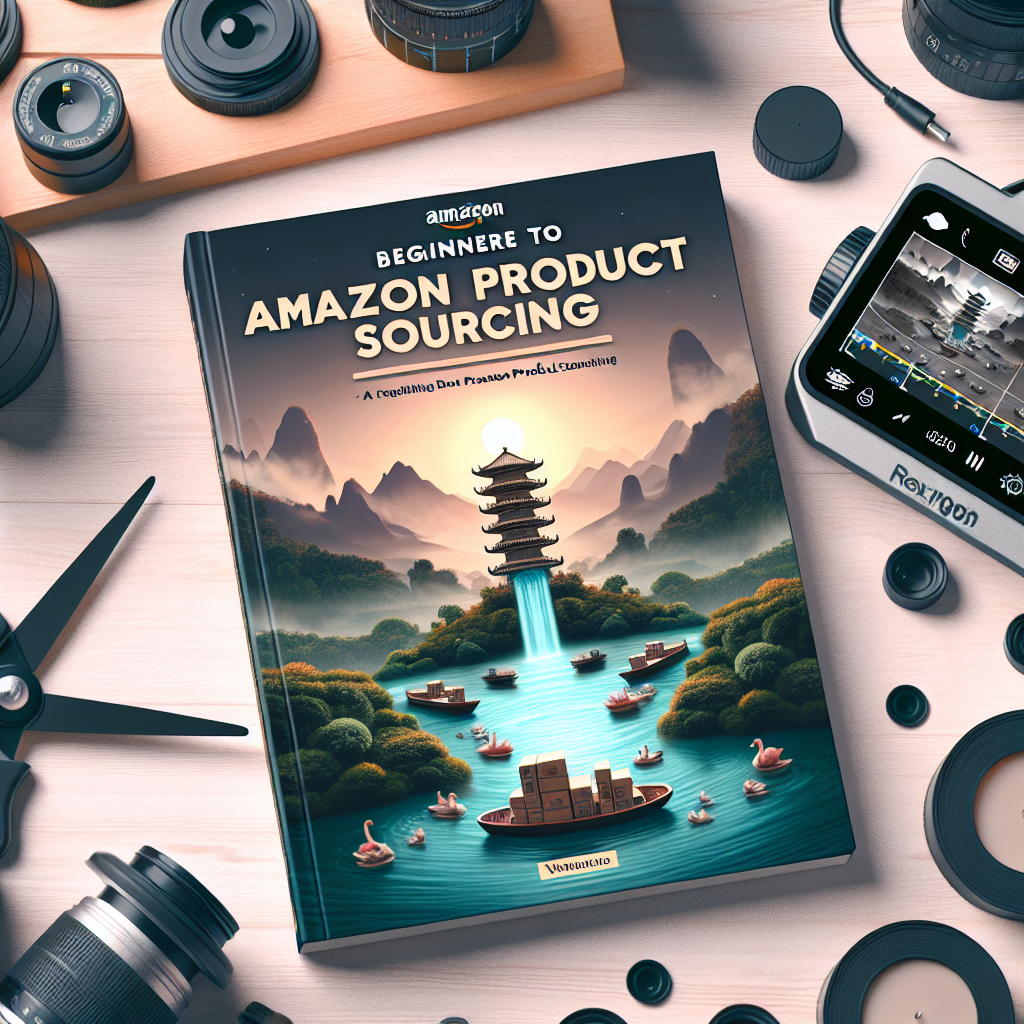Amazon eCommerce
A Beginner’s Guide to Amazon Product Sourcing
A Beginner’s Guide to Amazon Product Sourcing

Amazon, the world’s largest online marketplace, offers a lucrative platform for sellers to reach a global audience. However, to succeed on this platform, one of the most critical steps is product sourcing. This article will guide beginners through the process of Amazon product sourcing, providing valuable insights, relevant examples, and practical tips.
Understanding Amazon Product Sourcing
Product sourcing is the process of finding products to sell through your business. For Amazon sellers, this involves identifying products that are in demand, sourcing them at a low cost, and selling them at a profit on Amazon. The process can be complex, but with the right strategies, it can be a key driver of success for your Amazon business.
Types of Amazon Product Sourcing
There are several methods of product sourcing for Amazon, each with its own advantages and disadvantages. Here are the most common ones:
- Retail Arbitrage: This involves buying products from retail stores at a discount and selling them on Amazon at a higher price.
- Online Arbitrage: Similar to retail arbitrage, but purchases are made online instead of in physical stores.
- Wholesale: This involves buying products directly from manufacturers or distributors in large quantities and selling them on Amazon.
- Private Label: This involves manufacturing your own products and selling them under your own brand on Amazon.
- Dropshipping: This involves selling products on Amazon that you don’t physically stock. When a customer makes a purchase, the order is fulfilled by a third-party supplier who ships the product directly to the customer.
Steps to Successful Amazon Product Sourcing
Now that you understand the different methods of product sourcing, let’s delve into the steps to successful Amazon product sourcing.
1. Market Research
Before you start sourcing products, it’s crucial to conduct market research. This involves identifying what products are in demand, understanding your competition, and determining potential profit margins. Tools like Jungle Scout, Helium 10, and AMZScout can provide valuable data for your market research.
2. Supplier Sourcing
Once you’ve identified potential products, the next step is to find reliable suppliers. This could be manufacturers, wholesalers, or distributors. Websites like Alibaba, Global Sources, and ThomasNet can be useful for finding suppliers.
3. Negotiating with Suppliers
After identifying potential suppliers, it’s time to negotiate. This involves discussing pricing, minimum order quantities, and delivery terms. Remember, the goal is to secure the best possible terms for your business.
4. Ordering Samples
Before placing a large order, it’s advisable to order samples. This allows you to assess the product quality and packaging, and ensure it meets your expectations.
5. Placing Your Order
Once you’re satisfied with the samples, you can proceed to place your order. Ensure you have a clear agreement with your supplier regarding delivery timelines and terms.
6. Managing Inventory
Effective inventory management is crucial to avoid stockouts or overstocking. Tools like Seller Central’s Inventory Management and Forecastly can help manage your inventory effectively.
Case Study: Successful Amazon Product Sourcing
Let’s look at a case study of a successful Amazon seller who used the private label method. Jessica, a stay-at-home mom, started selling baby products under her own brand on Amazon. She conducted thorough market research to identify in-demand products and sourced a reliable manufacturer through Alibaba. After negotiating favorable terms and testing samples, she placed her order. Today, Jessica’s brand is a top seller in the baby products category on Amazon, demonstrating the potential of effective product sourcing.
Conclusion
Amazon product sourcing is a critical aspect of running a successful Amazon business. It involves identifying in-demand products, sourcing reliable suppliers, negotiating favorable terms, and managing inventory effectively. While the process can be complex, with the right strategies and tools, it can drive significant success for your Amazon business.
Remember, the key to successful product sourcing is thorough market research, careful supplier selection, effective negotiation, and efficient inventory management. With these strategies, you can source products effectively and build a profitable Amazon business.

